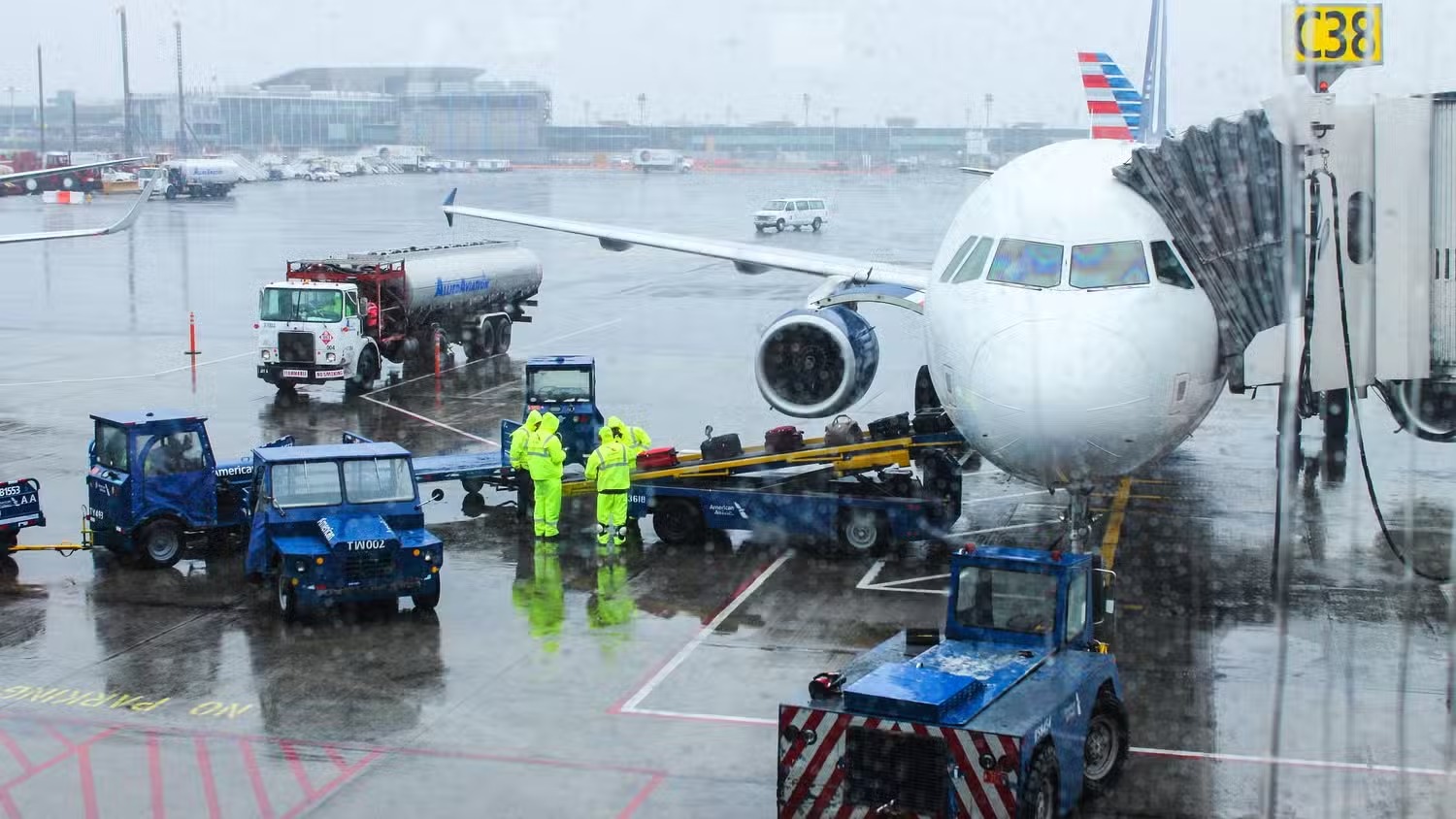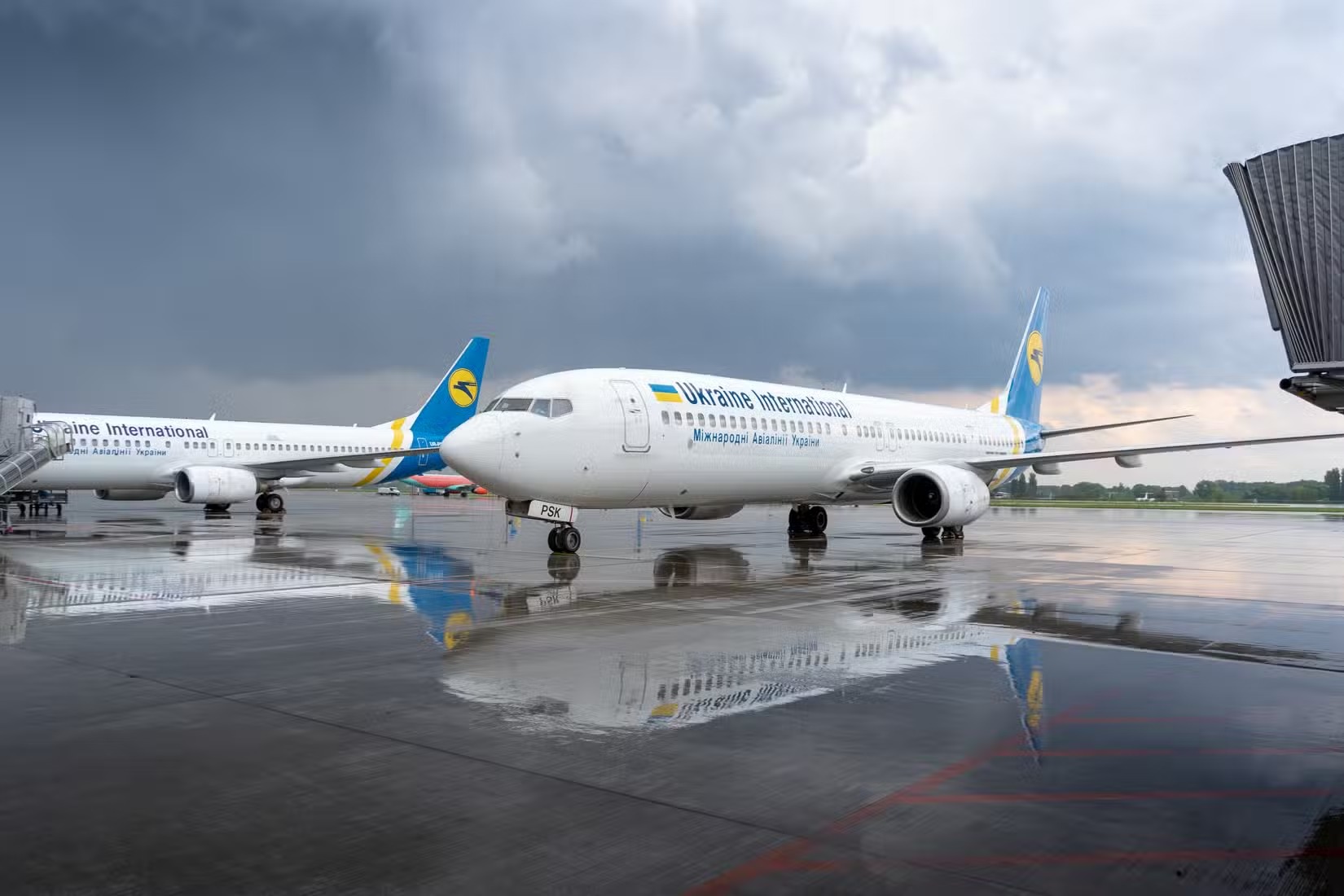The aviation industry runs on a tight schedule; flights earn money every minute they are in the sky, transporting passengers and cargo to all corners of the globe.
This means that schedules must remain tight, and any delays could have major implications on the airline’s reputation and, overall, its bottom line. Each airline has differing turnaround times and on-time performance indicators, but what can it do when the delays affecting its performance are outside its control?
Weather plays a big part
As we can expect, the weather is completely outside anybody’s control; however, airlines and the airports they serve must have mitigation to ensure that either aircraft can keep operating (where possible) or have safeguards to protect people and property.

Safety is paramount; this is where airports can see continuing weather disruptions causing chaos for airlines and the people they are transporting. Airlines simply can’t wait for the weather to subside (where appropriate), so what can airports do to ensure they are prepared for extreme weather conditions as the world grapples with global warming and we see more frequencies of extreme weather?
Rising sea levels
As sea levels continue to rise, airports are taking drastic action to protect themselves from the elements. In 2019, San Francisco began environmental studies, supporting a $587 million project that will continue until 2035.
This won’t see a shiny new terminal or new runway. However, an eight-mile-long bastion will protect the airport from the rising sea levels of the San Francisco Bay.

Photo: Ian Dewar Photography | Shutterstock
The airport itself has developed and built several mitigators since the 1980s to protect itself from floods caused by rising sea waters.
These have included berms, walls, and sheet piling construction. The newer wall will aim to keep the four existing runways dry for at least the next 50 years or more.
Airports are in threat of extreme weather conditions
Earlier this year, we saw Dubai International Airport (DXB), the world’s busiest international airport by passenger numbers, knee-deep in water after the city received one and a half year’s worth of rain over 24 hours. This caught the city wildly off guard, and almost 2,000 flights from DXB were canceled across three days.
This sent the airlines, travelers, and other stakeholders’ plans into chaos. The airport acted quickly, mitigating potential threats of damaged property. However, thousands of passengers became strange, with cargo and baggage movements at a complete standstill and caused knock-on effects on the global supply chain for weeks.
Flash flooding is not an isolated incident experienced at airports worldwide; this has identified serious vulnerabilities that airports are exposed to and has led to several new climate initiatives being considered or already undertaken by many of the world’s busiest airports. These include:
Resilience in design
Climate-smart ideology is required when building new airport assets. Considering current and future climate concerns, resilience plans can be included in the finished product’s design. An example of this is New York John F. Kennedy International Airport, which has seen new terminal plans raised around four feet higher than previous structures.

Data and technology
Maximizing the use and potential of simulation tools can help airports understand where to prioritize capital investment, asset management, and maintenance.
Data on population, movements, climate history, and infrastructure design can help generate futuristic scenarios to simulate extreme weather events.
Retrofitting resilience
While it’s not simply feasible to tear it down and start again, resilience is now being retrofitted into existing assets through ongoing airport upgrades.
Using varying temperature-resistant materials, such as resurfacing aprons and runways, can ensure that airports can manage extreme heat or freezing temperatures.

Photo: Real_life_photo | Shutterstock
The first 48
Preparation and understanding of what to do in the first 48 hours of an extreme weather event are vital and should become part of any emergency management plan. Dubai International Airport, when it experienced its extreme weather event, the airport’s emergency management group was instrumental in maintaining base resilience and establishing lines of communication with emergency services, local authorities, and other stakeholders.
Long term planning
Formalizing strategic planning and investment models will see systematic approaches to climate risk assessments. For example, considering the risks of temperature increase, flooding, or drought will see maps of the probability for these events to occur and the planning required. This will support prioritizing resilience measures and capital expenditure for long-term funding.

Many airports are rebuilt on reclaimed land
It is essential to consider that many of the world’s busiest airports are built on reclaimed land, such as Singapore Changi Airport, Hong Kong, or Doha Hamad International Airport. The risks of subsidence at these airports are immense.
In Osaka Kansai (KIX), where it was witnessed after its opening in 1994, the passenger terminal sank around 39 feet in six years. These factors pose a significant threat to the viability of coastal airports or those located in the flood plains of surrounding rivers.
Following heavy rain or widespread flooding, damage to infrastructure, such as airport runways, can damage aircraft and the infrastructure built into the airport facilities.
Damage to lighting, radar, navigation, and communication will restrict aircraft passage. Furthermore, flooding terminals and buildings can shut down airports and restrict access to surrounding roads and other transport networks.
Amsterdam Schiphol Airport attempts to keep its feet dry through the nearly 150 miles of drainage structures and pumps located throughout the airport grounds. While the airport isn’t classed as flood-proof, resilience and planning, have taught it to live with the presence of water and rebound quickly following flash downpours and flooding.

While completely floodproofing an airport is near impossible, airport operators are seeking new ways to improve the resilience of airport facilities to manage flooding or other disasters.
To ensure airports can remain competitive and operative during extreme weather events, airlines are now asking that airports address flood risks and may choose hubs or destinations based on which airports have a strong resilience plan.
Source: Simple Flying

Warning: Illegal string offset 'cookies' in /home/u623323914/domains/eng.bayviet.com.vn/public_html/wp-includes/comment-template.php on line 2564